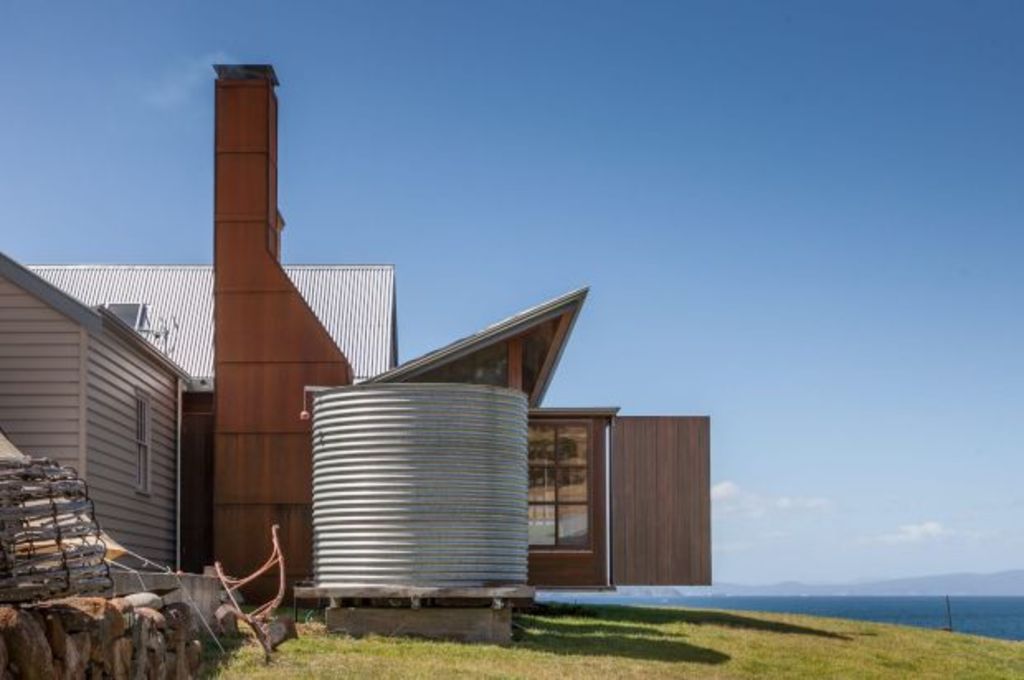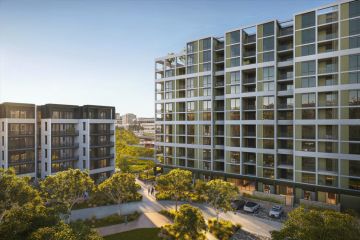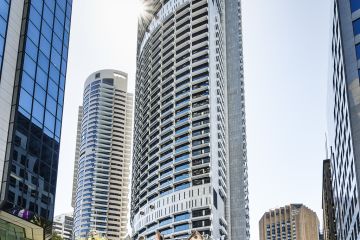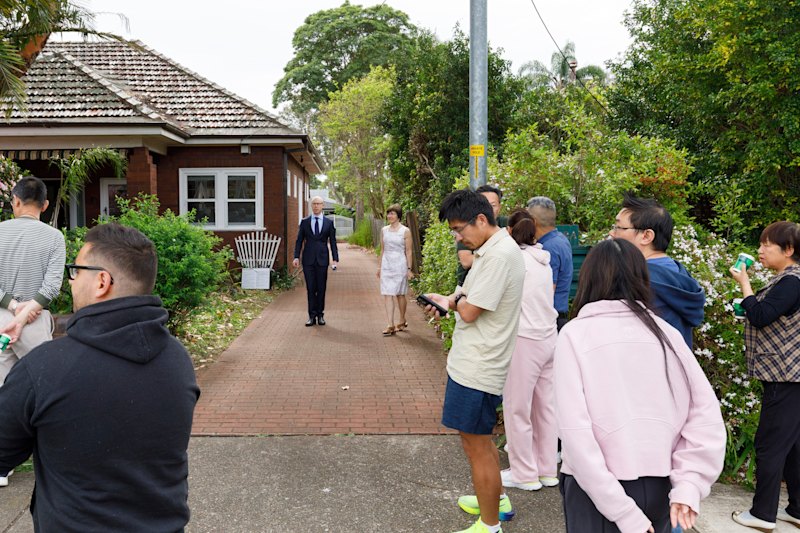Tasmanian cottage makes world's best list: Royal Institute of British Architects

A humble, historic Tasmanian home has been selected as one of the world’s best buildings by the Royal British Institute of Architects.
It was chosen as one of 20 projects from across 16 countries, as the winners of the RIBA Awards for International Excellence 2018.
Originally built in the early 1800s, Captain Kelly’s Cottage, on Bruny Island, was restored for a private owner by John Wardle Architects in 2016.
Perched on the edge of a cliff overlooking the ocean, the home – comprising of two separate structures with bedrooms on one side and a kitchen on the other, joined by a verandah – was more or less derelict.
The renovations involved inserting a new living area as infill between the surviving rooms.
It had already been recognised with the Eleanor Cullis-Hill award at Australia’s National Architecture Awards in Canberra in November last year.
It’s not the first Australian home to be nominated for the prestigious international prize, with Peter Stutchbury’s Invisible House garnering entry on to the shortlist of the inaugural selection in 2016.
Another Stutchbury design, the Cabbage Tree House, was one of five Australian projects to make the 62-entry longlist for the 2018 awards, which was announced in December last year.
- Related: Crackenback Stables awarded German design prize
- Related: Invisible House sole Australian RIBA entry
- Related: Four Sydney homes shortlisted for awards
The 20 buildings announced as International Excellence winners included museums in Canada, Switzerland and the Netherlands, educational facilities in Hungary, Sri Lanka and China, a colourful Mexico-city tower, a Turkish mosque and a church in Spain.
From these buildings a shortlist of four nominees for the International Prize will be announced in September 2018, with the overall winner revealed in November.
The RIBA judging panel also awarded the 2018 International Emerging Architect prize to a Brazilian duo, Gustavo Strabo and Pedro Buschenes of Aleph Zero.
Their project, Children Village, provided accommodation for disadvantaged high-school students attending the Canuana School, in the Tocatins region of Brazil.
We recommend
States
Capital Cities
Capital Cities - Rentals
Popular Areas
Allhomes
More
- © 2025, CoStar Group Inc.







